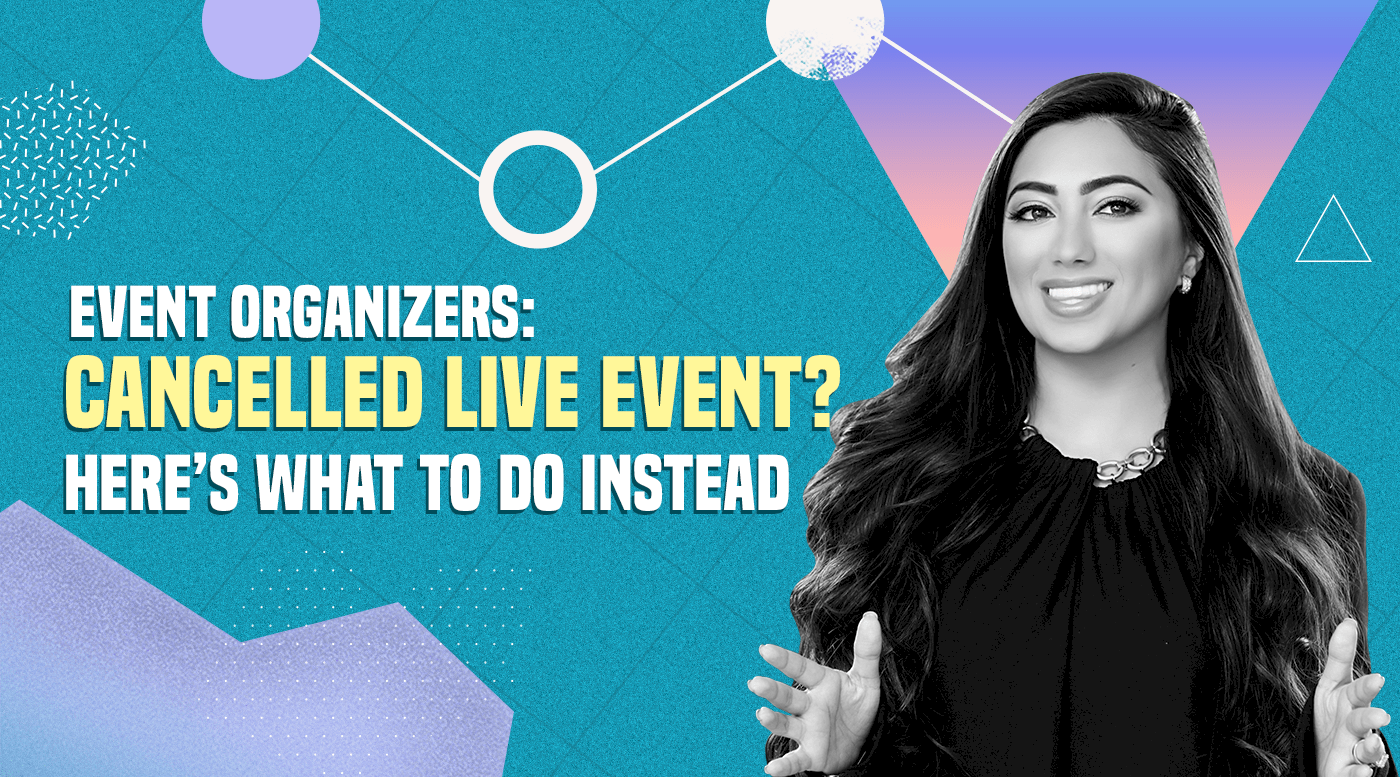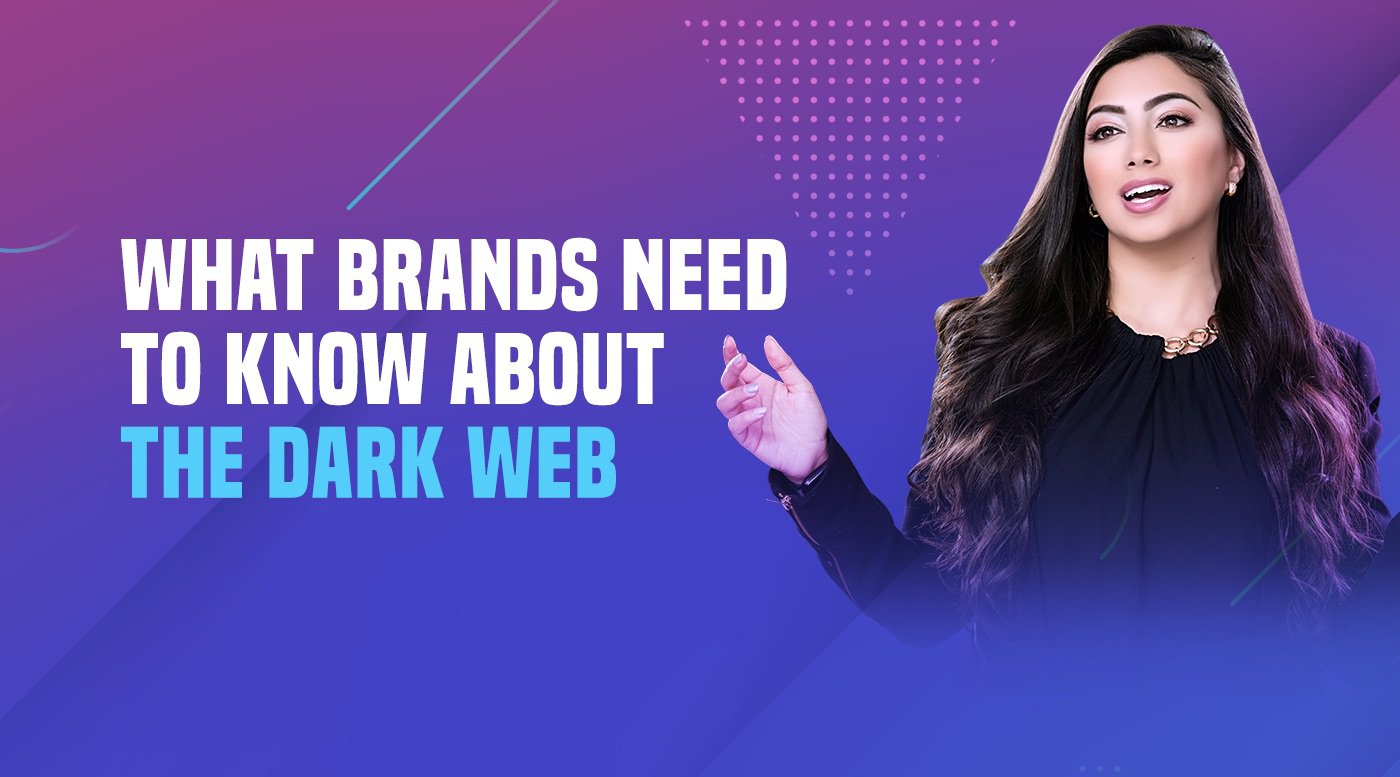How to Pivot Your B2B Marketing Strategy to Gen Z
Gen Z demands more innovation, more authenticity, and more engagement than any other demographic we’ve seen so far—and they’re going to make up a staggering 40 percent of Americans in 2020.
What worked for Millennials doesn’t necessarily work for Gen Z. This is true in the B2C world, and it’s true in the B2B world, too, where Gen Zers are now entering the workforce in droves.
If Millennials don’t trust advertising—and they don’t—then Gen Z doesn’t even give it the time of day.
If Millennials prefer brand transparency, then Gen Z absolutely demands it.
And those are just the basics. Gen Z is better versed in using voice search and the IoT, they’re more attuned to digital inauthenticity and insincerity, and they value the voices of their peers far more than those of brands.
So how exactly should you be pivoting your marketing strategy to meet the needs of this complex, highly sophisticated demographic?
The first thing to understand: Gen Z does not want to be sold to.
I mentioned this fact briefly already, but it deserves repeating because it just may be the most important thing to understand about Gen Z.
They do not want you to sell them on your product or service.
This is being proven out by the conversational data around advertising, as reported in HubSpot’s Social Media Trends for 2020 report. Throughout 2019, “advertising” has dropped significantly in net sentiment, while social media advertising click-through rates (CTR) have dropped almost a full percentage point from Q2 2018 to Q2 2019.
As Gen Zers are steadily joining the ranks of B2B buying groups, B2B sales and marketing departments are realizing this—and they’re having to adapt their outreach techniques.
This is why influencer marketing, a strategy firmly rooted in the B2C world, is now taking hold in B2B marketing as well. It’s why we’re seeing more B2B experiential campaigns, and a greater emphasis on content designed to take customers through each step of the sales funnel.
Gen Zers want control over their buying journey in a way we haven’t seen before. This is exactly why the pivot is so important.
Embrace social everything.
The social selling approach, which focuses on building online relationships through platforms like LinkedIn, Facebook, Pinterest, etc. is key for appealing to Gen Z.
Because they trust peers more than brands, your B2B brand’s sales department will have a much better chance of gaining traction with Gen Z if they reach out through a mutual acquaintance or connection.
This, of course, isn’t a new concept. Great salespeople have always relied on relationship-building to reach new customers. But while in the past, social selling has been a hallmark of exceptional salespeople, today it’s becoming a necessary tactic for any salesperson wanting to connect with members of Gen Z.
Stop focusing on clicks. Focus on people instead.
Platforms are moving away from quantitative data like clicks, likes, and shares, starting with Instagram, which announced that it would begin hiding likes in the U.S. in November 2019.
And while this move is sending some marketers into a bit of a tizzy, overall, it’s really just a sign of where social media marketing was heading already.
Consider the rise of micro- and nano-influencers, for example. Smart brands, both B2B and B2C, are recognizing the power these influencers have with their audiences (which range between 1,000 and 50,000 followers).
This is because influencers like these have a tightly focused niche, greater authenticity, and highly engaged followings. They may not get as many likes as a Kylie Jenner, but the likes they do get mean far more in terms of ROI and general brand awareness.
Gen Z appreciates these online communities more than any other generation so far, according to Hubspot—and what’s more, they appreciate the relevance of a community over its size.
By pivoting your attention away from increasing your clicks to connecting and engaging with your customers, you’ll find much more success with Gen Z, and the buying groups that they’re a part of.
B2B brands that want to attract this group of buyers will need to embrace new ways of doing things, and fast, if they want to remain relevant.









